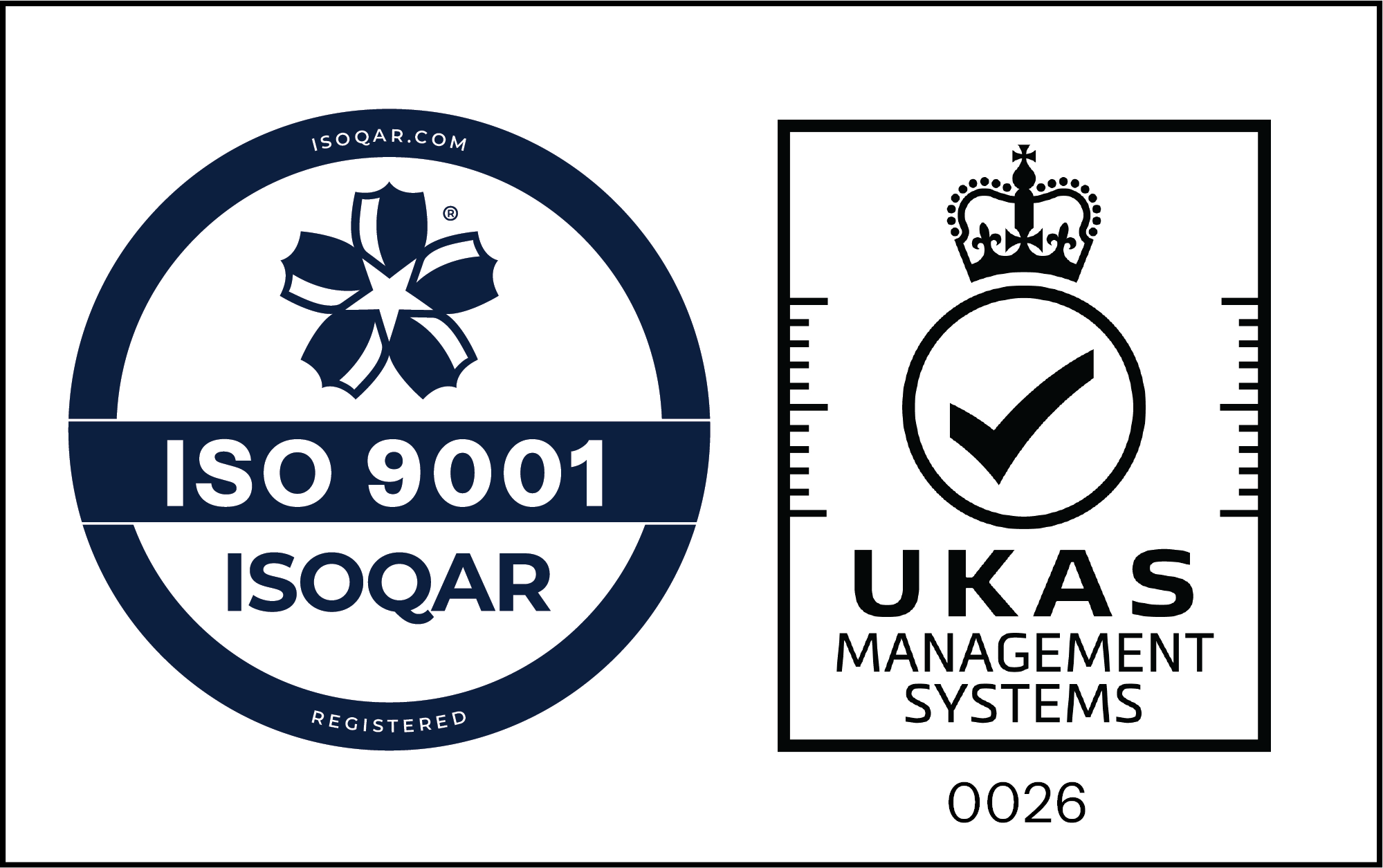There has been a recent shift away from traditional central hydraulic systems. Electrohydrostatic and electromechanical motion control have become the two popular alternatives for controlling motion. Each has advantages and disadvantages, making them more or less suitable for certain applications. In this article, we’ll look at the two types of motion control systems, and attempt to answer the question: Which is best?
Electromechanical
Electromechanical motion control involves converting electrical energy into mechanical energy, facilitating motion. These motion control systems usually consist of the following components:
- Controller: The controller controls the movement produced by the system. It does this by sending commands to the servo drive. These commands are continuously adjusted based on feedback from sensors to ensure the accuracy of the motion and adjust for any inconsistencies.
- Servo Drive: The servo drive acts as the link between the controller and the motor. It translates commands from the controller into the current and voltage levels that the motor needs to generate the required mechanical motion.
- Motor: The motor converts electrical energy into mechanical motion. Motors come in different configurations, either rotary or linear, which generate rotary or linear movement, respectively.
Electromechanical motion control systems offer high precision and speed, with a compact footprint. They are generally simpler and easier to maintain than electrohydrostatic systems. They tend to be more energy efficient, as they do not require constant power use, and directly convert electrical energy to mechanical motion.
However, they require large currents to maintain a load, leading to increased power consumption. Additionally, electromechanical systems will typically use roller or ball screws to convert rotary motion to linear motion, which are prone to jamming under shock or excessive vibration, increasing the chances of downtime.
Electrohydrostatic
Electrohydrostatic motion control involves using electricity to control the flow of hydraulic fluid to actuators, which converts the flow and pressure of the fluid into mechanical power. These systems consist of a few key components:
- Pump: Pumps generate energy by transporting hydraulic fluid from a reservoir through the hydraulic system. This generates flow and pressure in the system, which is eventually used for actuation. Gear pumps and piston pumps are the two most popular types of hydraulic pumps. Gear pumps are compact and robust, with steady flow, but can be noisy and inefficient, and only have a fixed displacement. Piston pumps can generate higher pressures, with higher efficiencies and variable displacement, and are generally preferred.
- Valve: Valves control the flow of hydraulic fluid, facilitating where and how the fluid flows in the hydraulic system. Servo valves, specifically, are used to control the rate of fluid flow to actuators, ultimately controlling the power, speed, and position of the actuation. Servo valves usually have onboard or external electronics which include sensors that can be used to adjust the valve and ensure accurate motion control.
- Actuator: Actuators convert hydraulic pressure into mechanical power and motion. They come in the form of linear actuators, which convert hydraulic pressure into linear motion, and rotary actuators, which convert hydraulic pressure into rotary motion. The speed and force of the motion are determined by the pressure, speed, and amount of hydraulic fluid flowing into the actuator. That is why having a servo valve before an actuator (to control its movement) is so important.
Electrohydrostatic motion control systems have a high power density, meaning they can generate a very high amount of force relative to their size. They provide highly accurate motion control and are robust to shock and dirt. Additionally, they offer low power consumption when handling large loads for extended periods, as well as better potential to harvest energy for reuse.
However, they can be more complex than electromechanical systems, as they contain more components. This can be mitigated in the design phase by using closed-loop hydraulic systems. Finally, traditional electrohydrostatic motion control systems are large and clunky to integrate.
Which One is Best?
We believe that electrohydrostatic actuation is the better all-around option. This type of motion control gives incredible power, highly accurate control and, when using Domin technology, with a smaller footprint than electromechanical systems.
At Domin, we have addressed the disadvantages commonly associated with electrohydrostatic motion control systems. Using several innovations, such as modern onboard electronics and the use of additive manufacturing, we have designed the world’s most efficient, fastest switching, and smallest valve and a compact high-performance pump. When combined in various ways, we are able to apply our patented technology to create energy-efficient electrohydrostatic systems that are high performing and reliable. This is a game changer for key applications in the automotive, aerospace, and industrial manufacturing industries. Now, these sectors can have the power they need with incredible energy efficiency and a compact and elegant footprint, enabling unprecedented innovation.

